Introduction: The Battlefield of the Posterior Jaw
Placing and restoring implants in the posterior region presents a unique
set of challenges. Limited visibility, restricted access, and
dense bone quality create a demanding environment where
conventional tools often fall short. In this confined space, success
hinges on one critical factor: stability. This is where the 20:1 contra angle
emerges as a game-changing instrument, transforming a
difficult procedure into a controlled and predictable one.
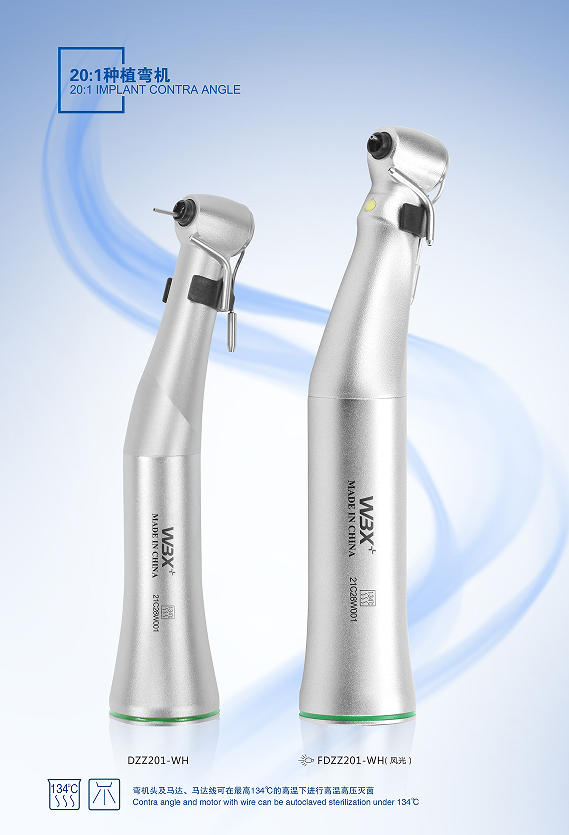
The Engineering Marvel: Unpacking the 20:1 Gear Ratio
The superior performance of the 20:1 contra angle is rooted in
its fundamental engineering. The term "20:1" refers to its gear
reduction ratio. This means the motor's high speed is reduced 20 times
before it reaches the handpiece. More importantly, the output torque is amplified 20 times.
This results in a powerful, low-speed rotation that is immune to stalling,
even in the most compact bone. This robust power delivery is the
foundation for all subsequent precision work, making every movement deliberate and secure.
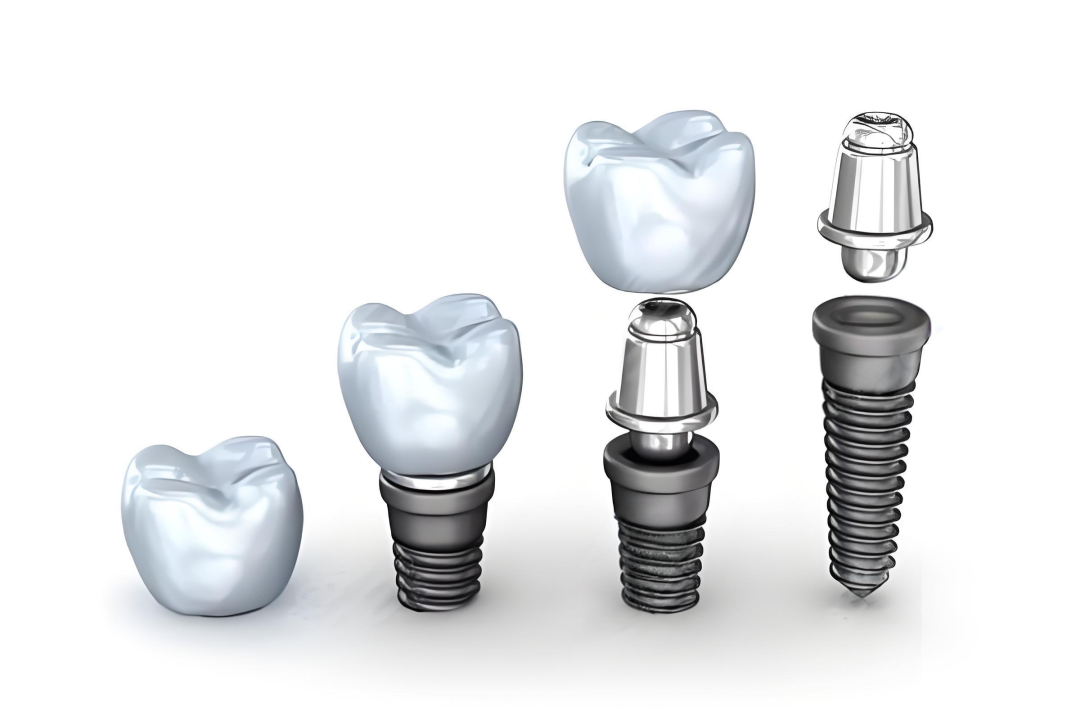
Clinical Superiority in Prosthetic Handling
The true value of the 20:1 contra angle shines during the critical prosthetic phase.
Its exceptional torque control is vital for several key procedures:
Passive Fit of Prosthetics: When seating a crown in a hard-to-reach molar area,
the steady power of the 20:1 contra angle ensures the restoration
follows the precise path of insertion without deviation. This achieves
a true passive fit, which is fundamental for the long-term health of the
peri-implant tissues and the stability of the restoration. Any inconsistency
in force can lead to micro-gaps, cement washout, or screw loosening.
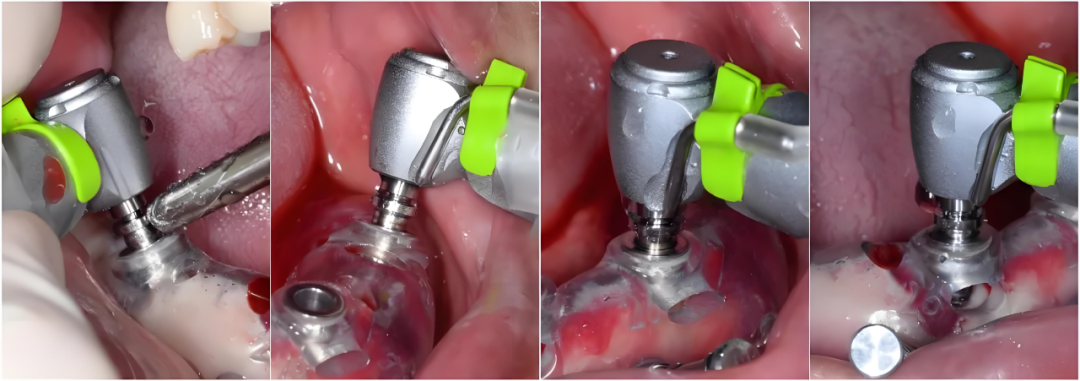
Precise Torque Application: The accurate delivery of the pre-set torque value
to the abutment screw is non-negotiable. The 20:1 contra angle
provides the consistent, unwavering force needed to work in harmony
with a torque wrench. This guarantees that the manufacturer's exact
specifications are met, safeguarding the implant-abutment
connection and preventing mechanical complications down the line.
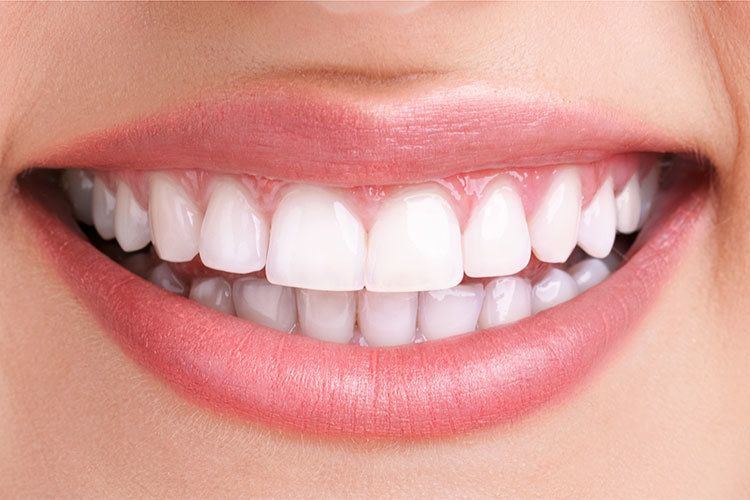
Enhanced Control for Surgical & Soft Tissue Precision
Beyond prosthetics, the 20:1 contra angle offers significant advantages in
surgical and soft tissue management. Its enhanced tactile feedback allows
the clinician to feel the subtle differences in bone density during osteotomy
preparation in tight spaces. Furthermore, this tool provides the stability
required for intricate soft tissue sculpting during second-stage surgery or
gingival contouring. This enables minimally invasive manipulation of the
gums, promoting optimal healing and aesthetic outcomes around the final restoration.
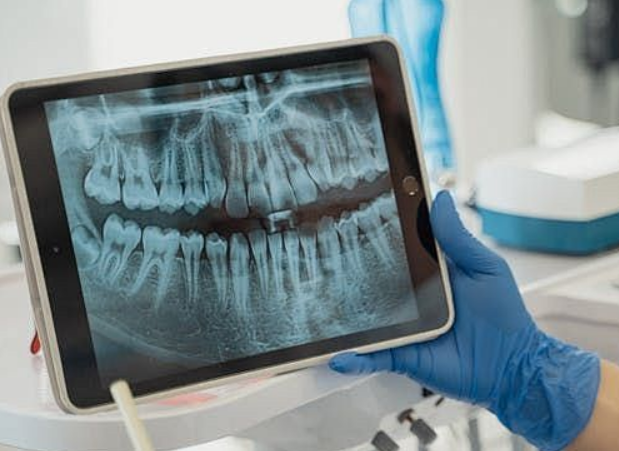
Conclusion: A Strategic Investment in Predictable Outcomes
Choosing the 20:1 contra angle is more than just selecting a tool; it is
a strategic decision to elevate the standard of care for posterior implantology.
It empowers the clinician with unparalleled confidence, reduces operative
stress, and most importantly, delivers a level of precision that directly
translates to superior, predictable clinical results for the patient. In the
challenging landscape of the posterior jaw, it is indeed the ultimate implant tool.

